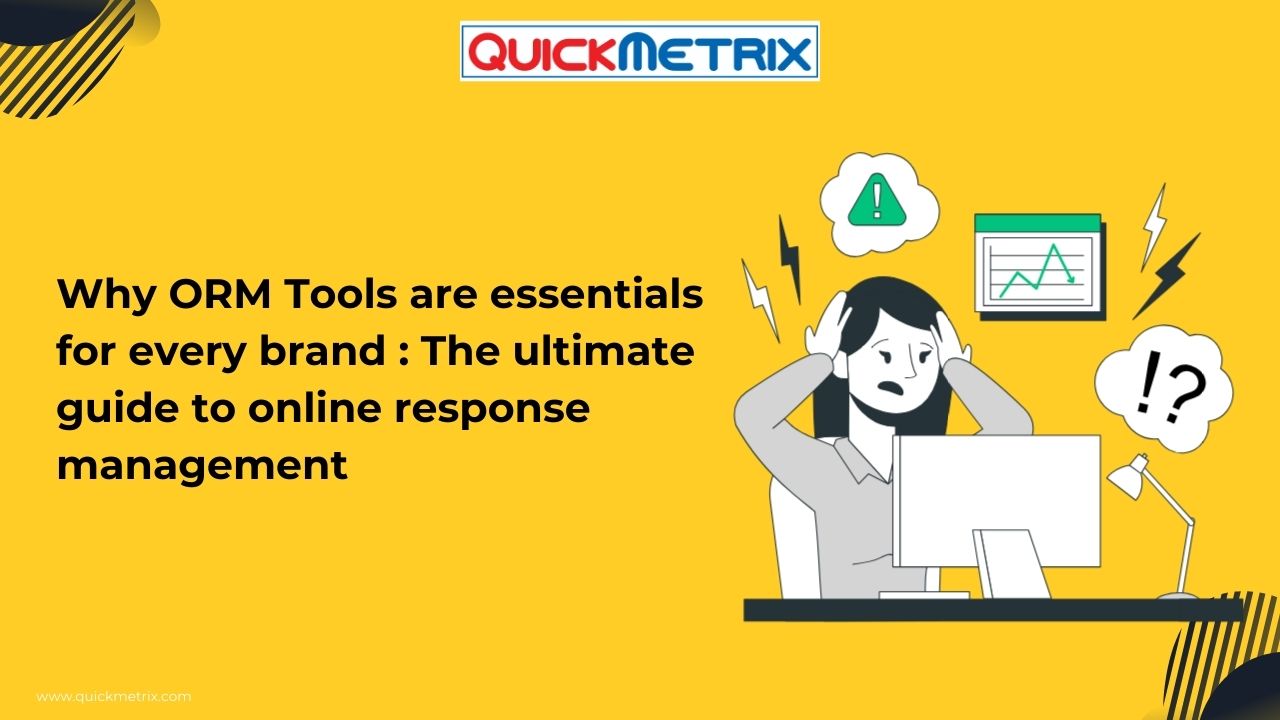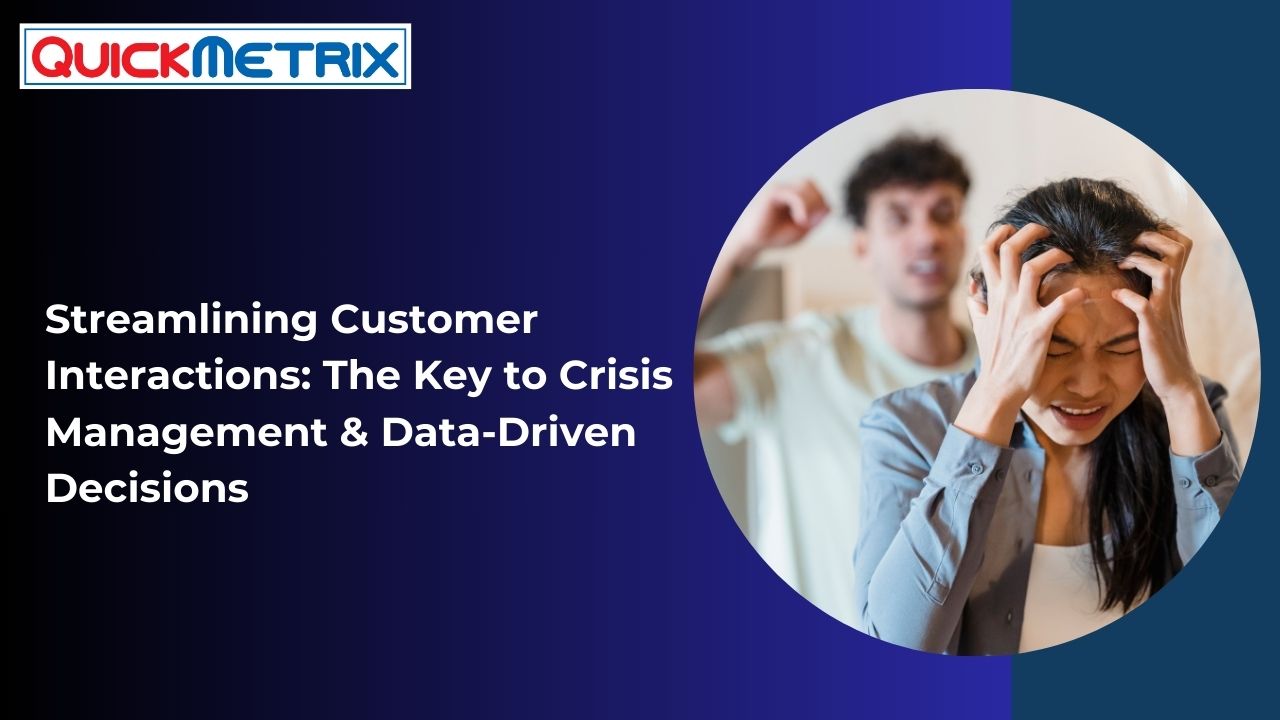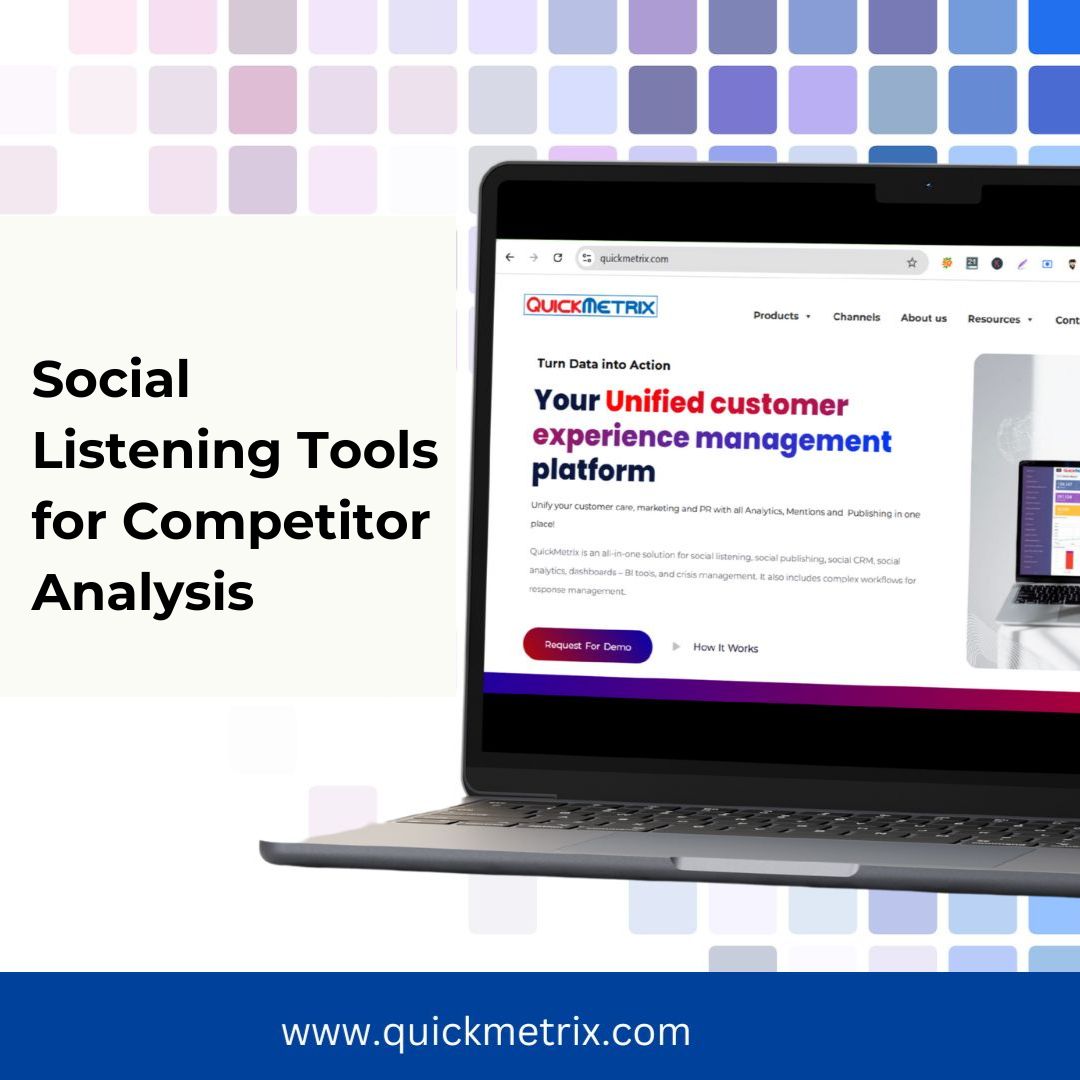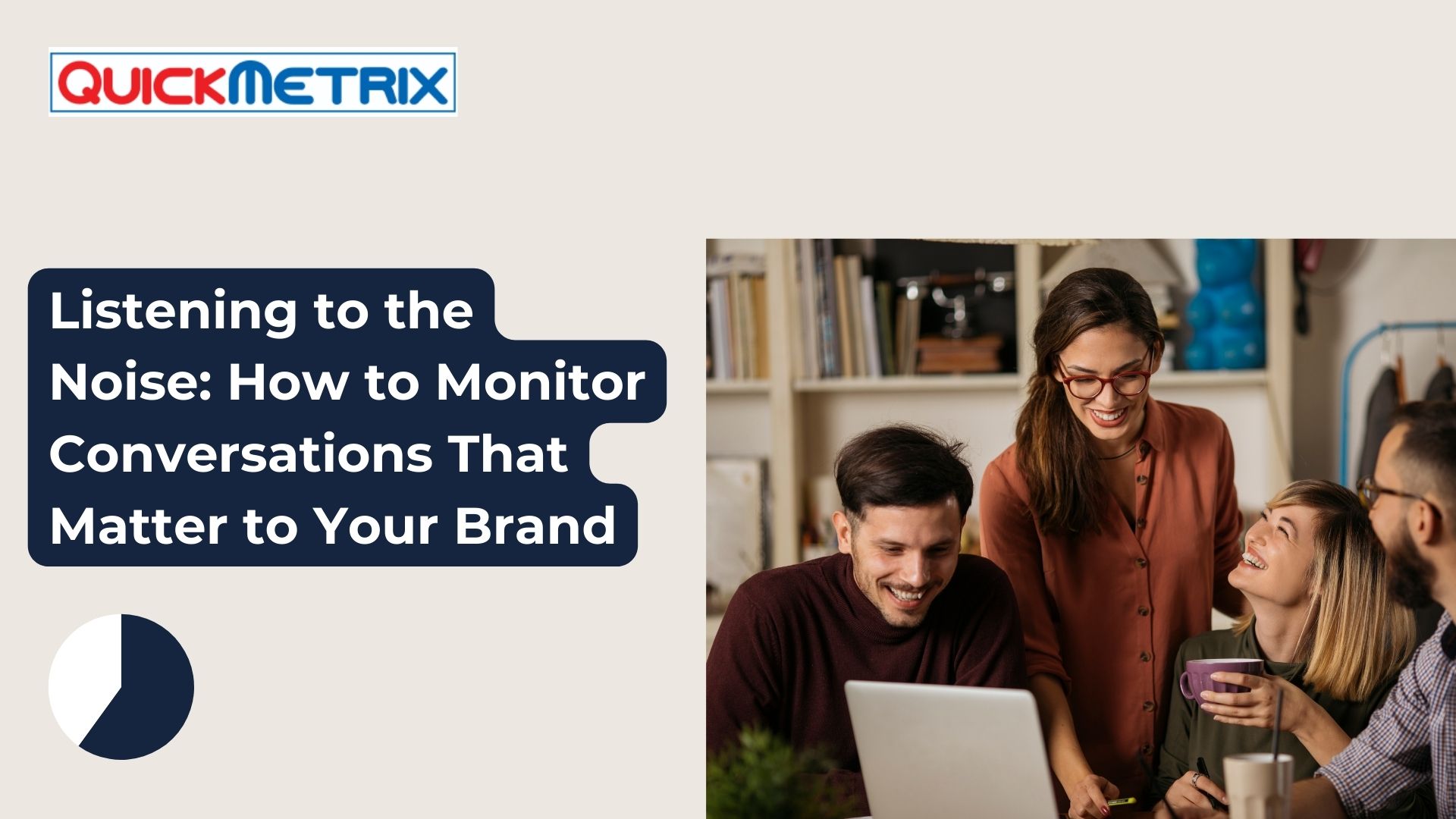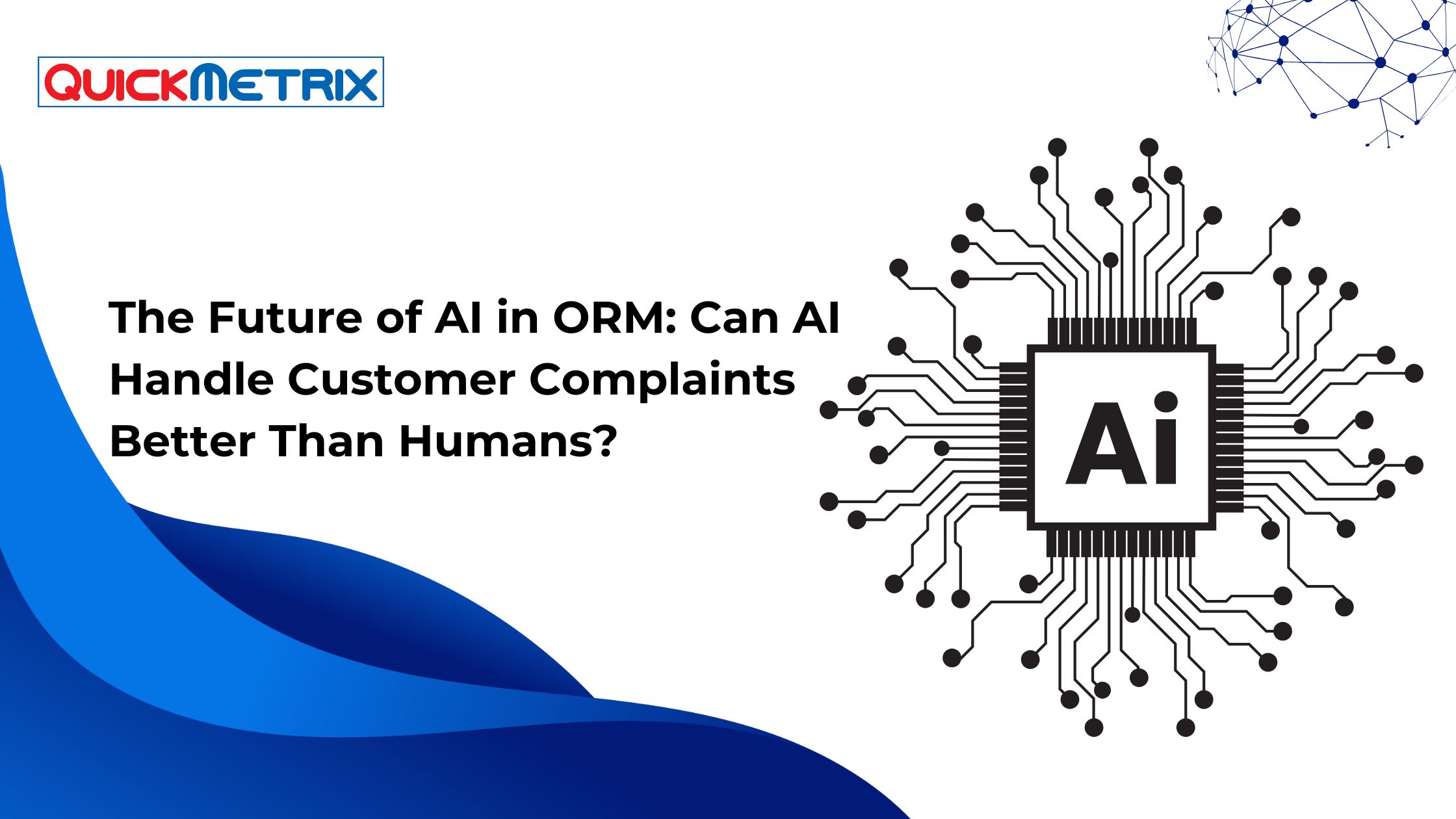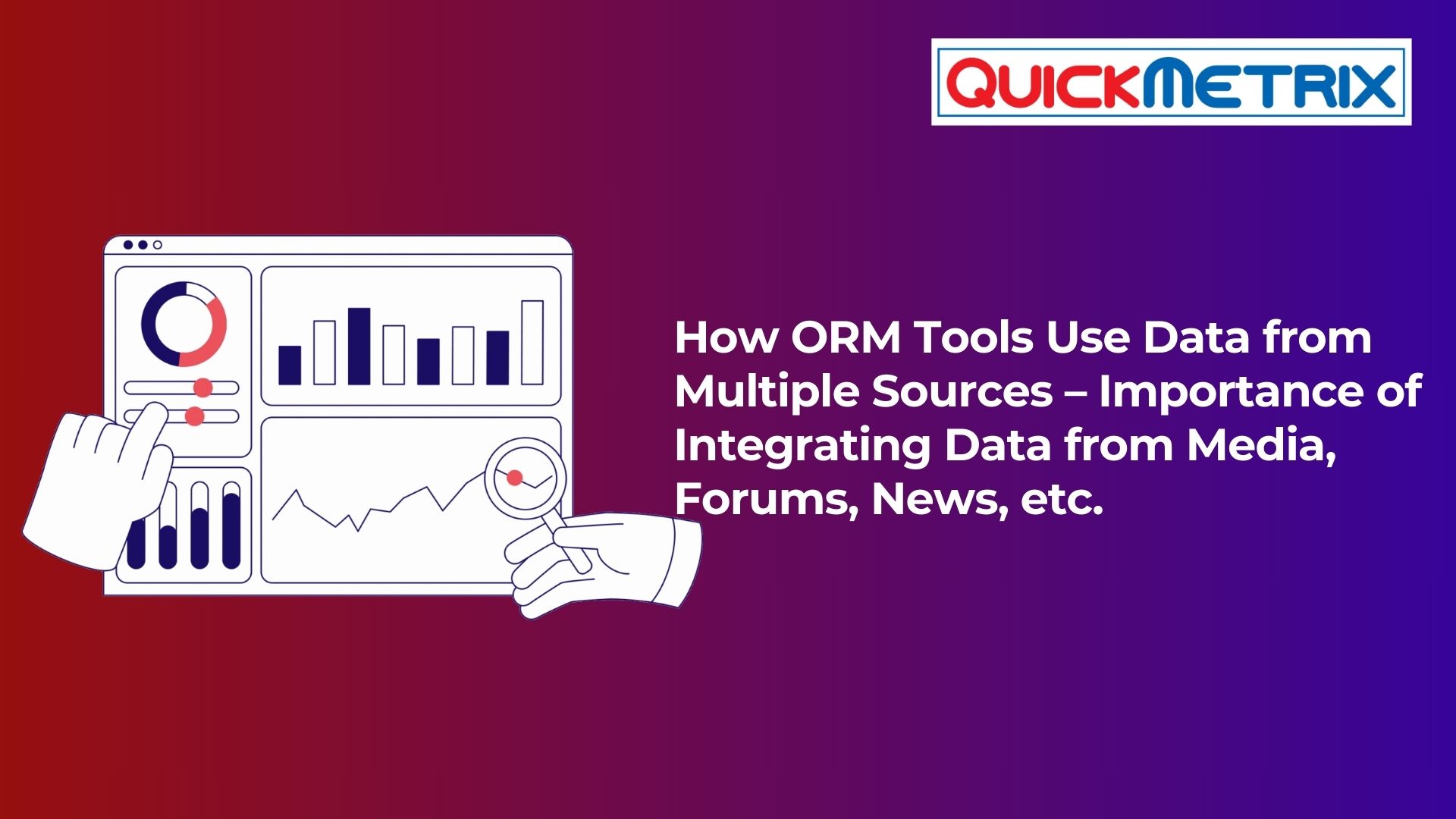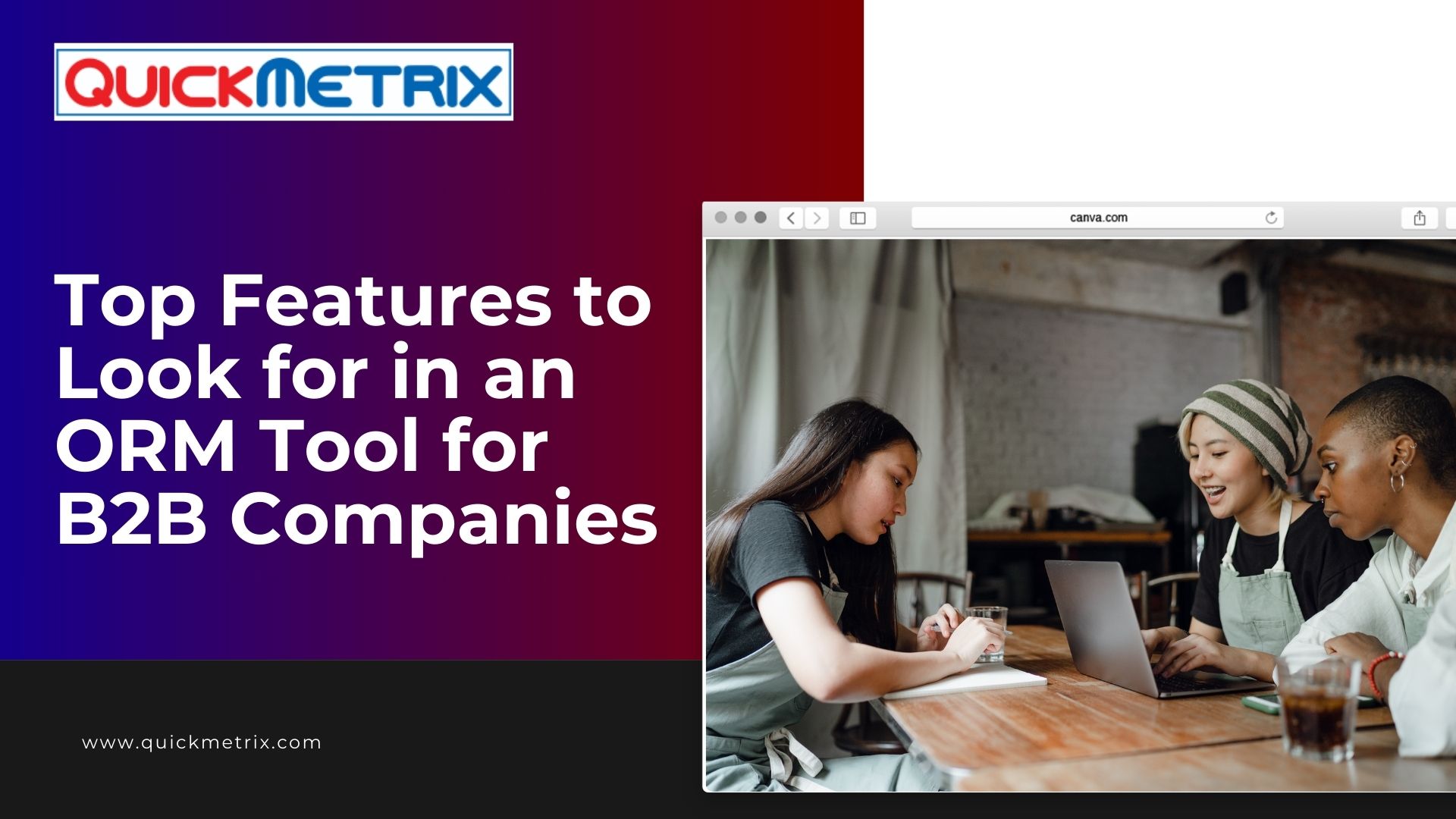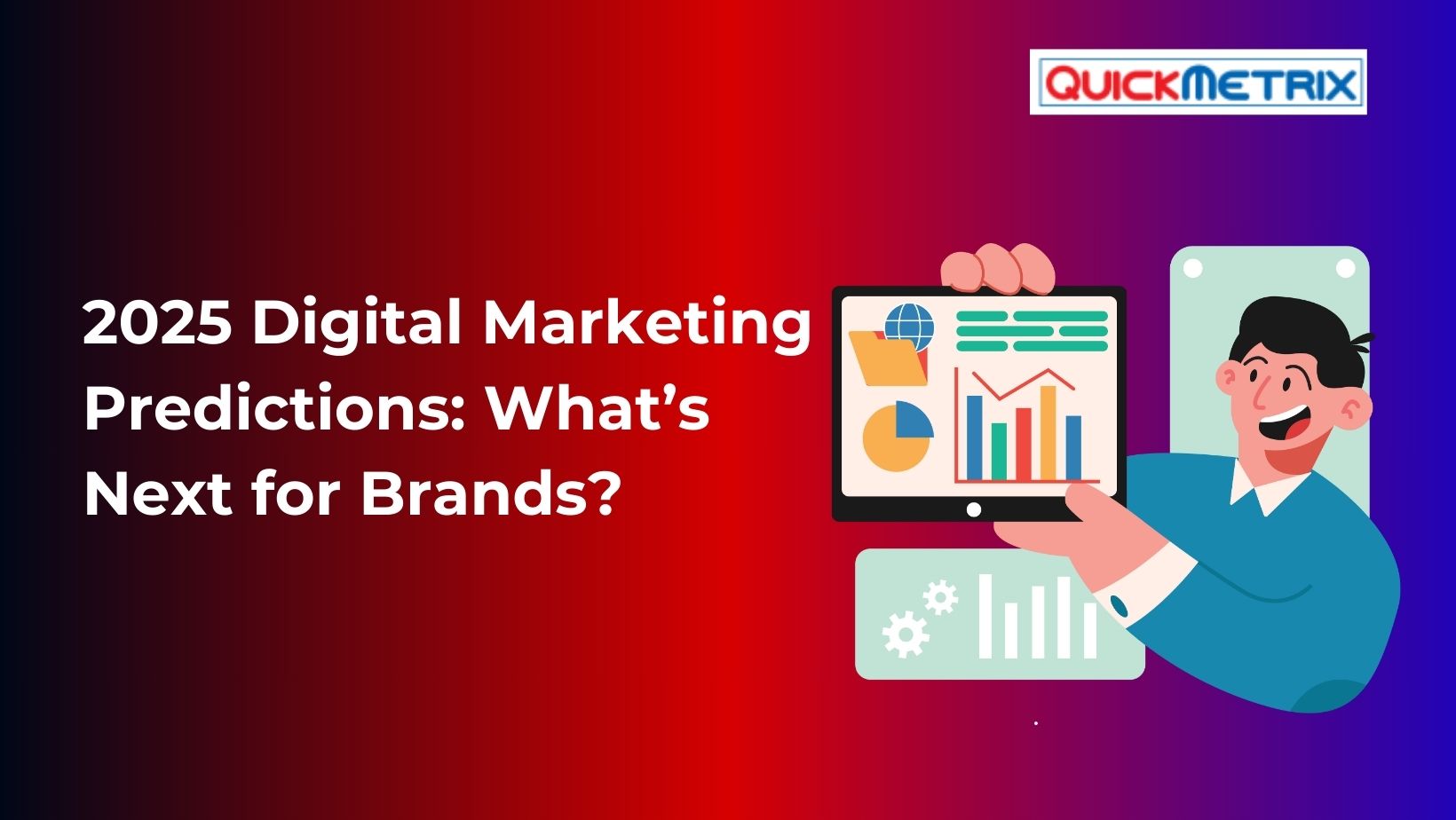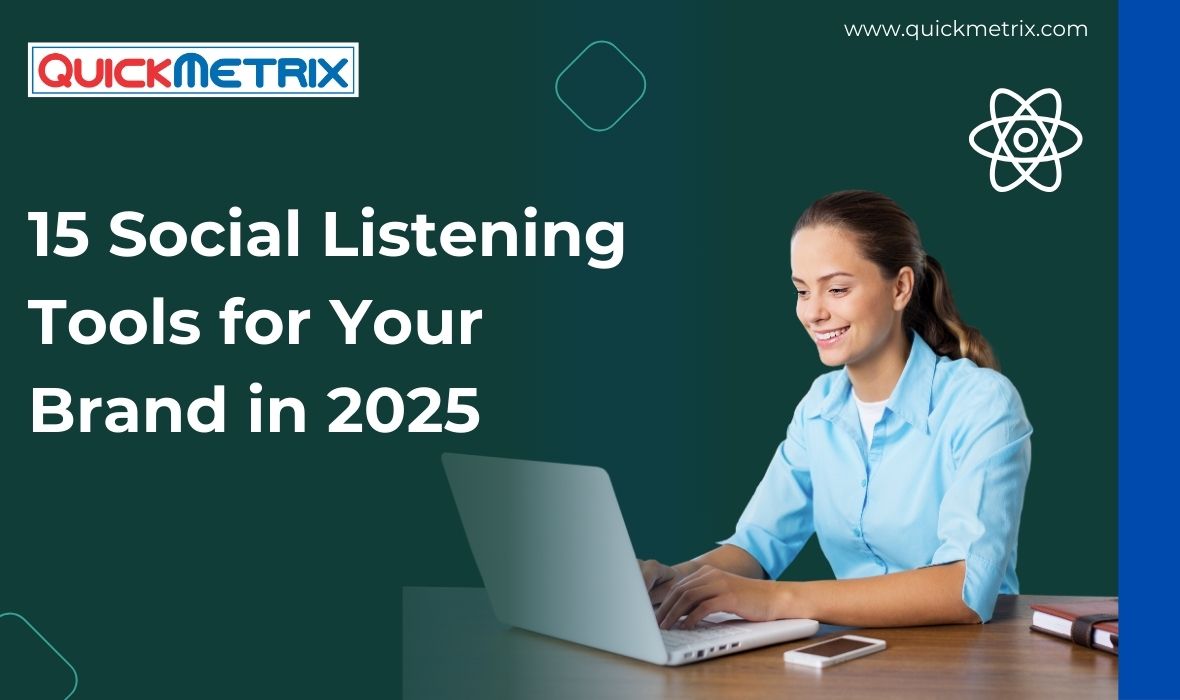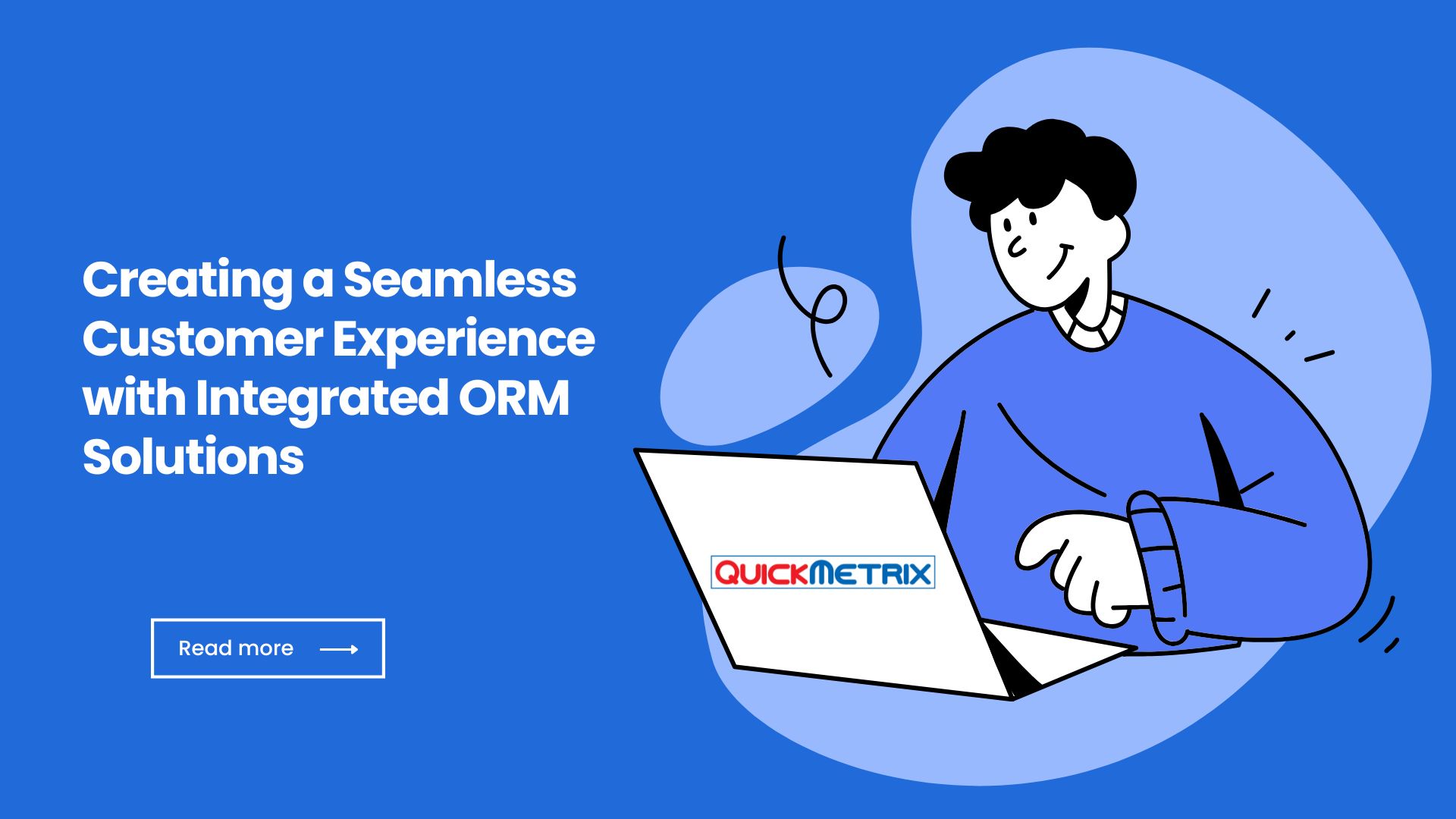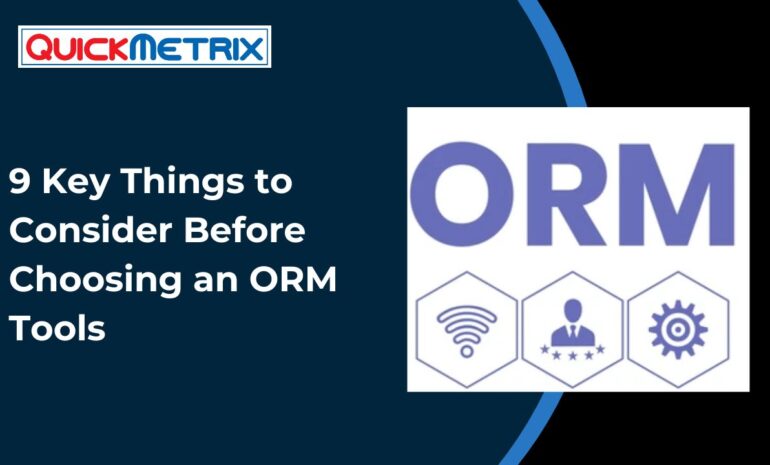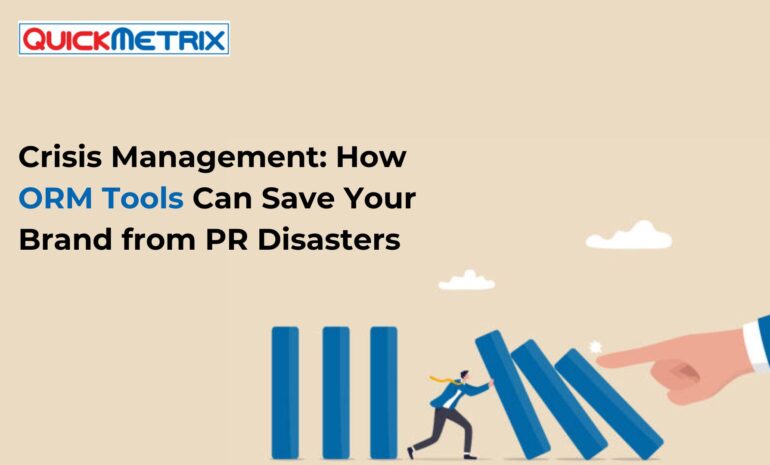Why ORM Tools Are Essential for Every Brand: The Ultimate Guide to Online Response Management
1. Understanding Online Reputation Management (ORM)
1.1 Definition ORM
Online Response Management (orm tools) refers to the practice of influencing and controlling an individual’s or brand’s reputation online. It encompasses strategies to monitor, address, and improve perceptions within the digital space.
Key components of ORM:
Monitoring online mentions and reviews
Engaging with customers through social media and review platforms
Developing strategies for responding to both positive and negative feedback
Analyzing sentiment around your brand
Historically, ORM has evolved with the internet’s growth. In the early days, brands could manage their reputation mainly through media coverage. Today, consumer reviews, social media discussions, and website content have made ORM a more complex landscape, requiring involved and strategic management.
1.2 The Importance of ORM in the Digital Age
In today’s digital world, a brand’s online presence directly impacts its perception. Consumers often rely on online reviews and social media posts to form their opinions. A single negative review can sway potential customers’ minds.
For instance, a brand like United Airlines faced significant backlash after a widely circulated video showed the forcible removal of a passenger. The fallout highlighted the importance of ORM; with effective tools, they could have responded more swiftly and transparently.
Trust plays a central role in consumer behavior. A positive online image fosters customer loyalty and enhances the long-term viability of a brand.
1.3 Common Misconceptions About ORM
Many people equate ORM with simple damage control, leading to a host of misconceptions. One of the biggest misunderstandings is that ORM is merely a part of marketing. In fact, ORM is distinct; it focuses on managing perceptions rather than promoting products.
Another misconception is the idea that ORM is all about responding to negative feedback. While addressing criticism is crucial, the heart of effective ORM lies in genuine engagement with customers—showing appreciation for positive feedback or clarifying misunderstandings rather than just trying to fix mistakes.
2. Key Features of ORM Tools
2.1 Monitoring Online Mentions
Monitoring is a foundational feature of ORM tools. These tools help brands track where and how often they are mentioned across various platforms—be it social media, blogs, or review sites.
Tools like Google Alerts, Mention, and Brand24 provide real-time updates on brand mentions. Real-time monitoring is important; it allows brands to respond quickly, potentially minimizing the impact of negative comments.
2.2 Sentiment Analysis
Sentiment analysis is another powerful feature. It involves assessing the emotional tone behind online mentions—whether they are positive, neutral, or negative.
Methods include using natural language processing frameworks and specialized tools like Lexalytics or MonkeyLearn to analyze public sentiment. This analysis can inform strategic decisions and help brands understand their audience better.
2.3 Response Management Capabilities
Effective ORM tools provide robust response management capabilities. This allows brands to develop strategies for engaging with feedback. Whether it’s thanking a customer for a great review or addressing a complaint, effective engagement can improve customer satisfaction.
While automation can save time, it’s essential to know when to use it. Automated responses may not always convey the genuine empathy that a personal touch would, particularly in sensitive situations.
3. Benefits of Utilizing ORM Tools for Brands
3.1 Enhancing Brand Image and Trust
ORM tools play a significant role in building a positive online image. By consistently monitoring and engaging with customers, brands can demonstrate transparency and care, which fosters trust over time.
A significant online presence can lead to long-term benefits such as repeat customers and reduced churn.
3.2 Facilitating Crisis Management
Speed is key in crisis management. ORM tools provide vital data that can help brands respond rapidly during a crisis.
Take the example of Domino’s Pizza, which faced a crisis with a viral video of unsanitary practices in one of their stores. Through effective ORM, they managed to address the situation head-on, ensuring their customers they were taking necessary steps to rectify the issue. This proactive engagement can often mitigate the potential damage to a brand’s reputation.
3.3 Improved Customer Engagement and Loyalty
Engaging with customers through ORM tools fosters a sense of community and connection. When a brand actively manages feedback, customers feel valued, enhancing their loyalty.
Collecting and analyzing interactions can reveal patterns in customer behavior, helping brands cultivate deeper, lasting relationships with their audience.
4. Choosing the Right ORM Tool for Your Brand
4.1 Evaluating Tool Features
When selecting ORM tools, consider essential features like monitoring capabilities, sentiment analysis, and response management.
Researching and comparing popular tools, such as Hootsuite, Sprout Social, and ReviewTrackers, can help you make informed choices. Also, evaluate how scalable these solutions are to accommodate your brand’s growth.
4.2 Budget Considerations
Costs associated with ORM tools can vary greatly. Understanding your budget and evaluating the ROI of these tools is key to your decision-making process.
Free ORM tools like Google Alerts can be a good starting point, closely followed by monthly subscriptions of paid tools that offer more comprehensive features.
4.3 Integrating ORM Tools into Existing Workflows
To maximize efficiency, it’s crucial to implement best practices when integrating ORM tools into your workflow. Ensuring your team is trained and aware of these tools is vital. Aligning ORM efforts with existing marketing and customer service initiatives will reinforce your overall brand strategy.
5. Measuring the Success of ORM Strategies
5.1 Key Performance Indicators (KPIs) to Track
Understanding which metrics to track can help you measure the effectiveness of your ORM strategies. Some key performance indicators (KPIs) include:
Volume of online mentions
Sentiment analysis results
Engagement rates
Having the right tools for reporting and analyzing these metrics can help you stay informed and agile.
5.2 Gathering Customer Feedback
Direct customer feedback is invaluable. Soliciting insights through surveys or direct interactions helps brands better understand customer perceptions.
Collecting feedback effectively can lead to enhanced strategies and improvements in brand reputation.
5.3 Adjusting Strategies Based on Data
Data-driven decision-making is crucial. Analyzing results regularly enables brands to redefine goals based on ORM performance and continuously adapt strategies for improvement. This iterative approach allows your brand to stay relevant and responsive to changes in your audience’s perceptions.
Conclusion
In summary, ORM tools are essential in the digital landscape where perceptions can change rapidly. Investing in ORM allows brands to cultivate trust, manage crises effectively, and maintain a positive online presence. In an interconnected world, prioritizing ORM is not just beneficial—it’s necessary for sustainable brand health.
FAQs
What is the difference between ORM and public relations?ORM focuses primarily on managing online reputation through digital channels, whereas public relations encompasses all aspects of communication and media coverage.
Can ORM tools be beneficial for small businesses?Absolutely! Small businesses can leverage ORM tools to build their brand presence and tackle issues before they escalate.
How often should I review my ORM strategies?Regular reviews, such as quarterly assessments, help ensure your strategies remain effective and relevant.
Are there free ORM tools that are effective?Yes, tools like Google Alerts and social media monitoring platforms can be very effective at no cost.
What should I do if negative feedback goes viral?Act quickly! Address the issue transparently, engage with your audience, and consider utilizing your ORM tools to monitor reactions and adapt your approach accordingly.
Top Social Listening Tools in 2025: Why QuickMetrix Deserves Your Attention
In the world of digital marketing, conversations are currency. ...
Read More9-key-things-to-consider-before-choosing-an-best-orm-tool (Online response management tools)
IntroductionIn today's hyper-connected world, a single unresolved tweet or ...
Read MoreStreamlining Customer Interactions: The Key to Crisis Management and Data-Driven Decisions
Streamlining Customer Interactions: The Key to Crisis Management and ...
Read MoreSocial Listening for Financial Services: How Banks & FinTechs Stay Ahead
Introduction to Social Listening in Financial Services Definition ...
Read MoreThe Journey of QuickMetrix: Insights from Surendra Baliga on Building a Successful SaaS Business
The entrepreneurial journey is often filled with challenges, learning ...
Read MoreMastering the Market: How to Use Social Listening Tools for Real-Time Competitor Analysis
1. Introduction to Social Listening Tools1.1 What is Social ...
Read MoreHow to Get the Most Out of Social Listening Tools and Why Businesses Invest in Them
How to Get the Most Out of Social Listening ...
Read MoreListening to the Noise: How to Monitor Conversations That Matter to Your Brand
Understanding the Importance of Monitoring Brand Conversations 1.1 The Role ...
Read MoreThe Future of AI in ORM: Can AI Handle Customer Complaints Better Than Humans?
I. Introduction to Online Response Management (ORM)/ Online reputation ...
Read MoreHow ORM Tools Use Data from Multiple Sources – Importance of Integrating Data from Media, Forums, News, etc.
What is ORM ToolsOnline response Management (ORM) tools are ...
Read MoreTop Features to Look for in an ORM Tool for B2B Companies
Top Features to Look for in an ORM Tool ...
Read More2025 Digital Marketing Predictions: What’s Next for Brands?
2025 Digital Marketing Predictions: What’s Next for Brands?IntroductionDigital marketing ...
Read More15 Social Listening Tools for Your Brand in 2025
Why Social Listening Matters A winning social media strategy starts ...
Read MoreCreating a Seamless Customer Experience with Integrated ORM Solutions
Creating a Seamless Customer Experience with Integrated ORM SolutionsI. ...
Read More